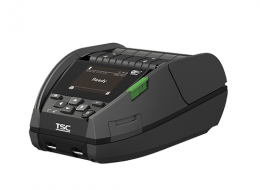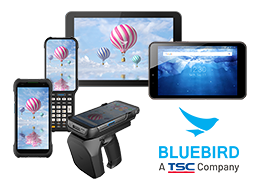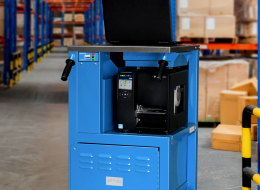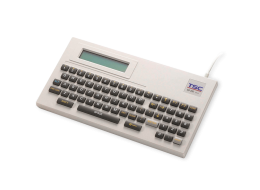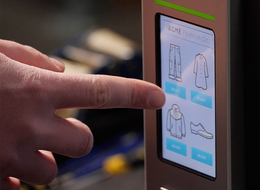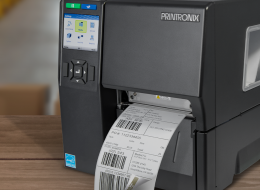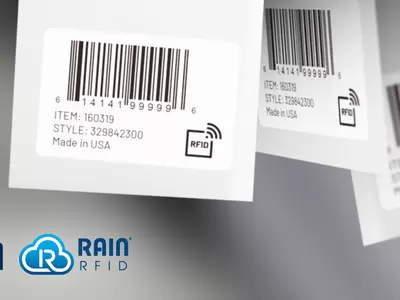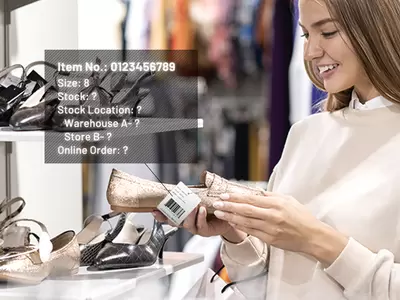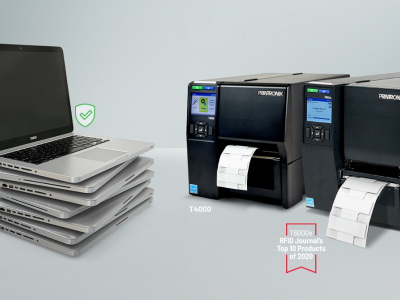How RFID Can Help Optimise E-Commerce Operations
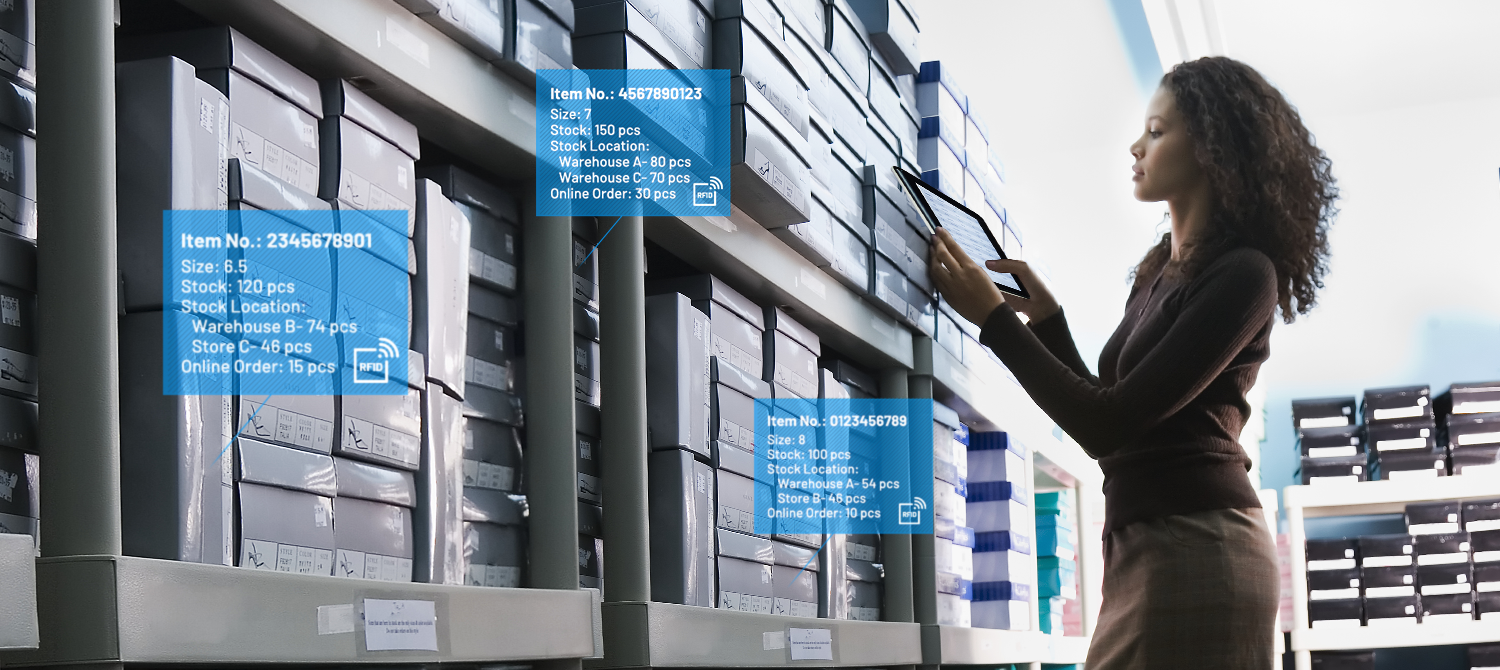
In our previous blog, we outlined some of the challenges retailers and suppliers face when implementing e-commerce operations. From inventory management to choosing the most efficient labeling supplies, there’s a lot to consider when integrating e-commerce operations into your enterprise. In this blog, we will take a look at how RFID can help solve some of those challenges.
Inventory Management
Inventory management is one of the biggest challenges most retailers face. Through e-commerce, a retailer should offer only items in stock – and ideally even display precise inventory levels to shoppers. Therefore, having an accurate count of inventory is crucial.
RFID is being used by retailers to address inventory management. You are probably familiar with the ubiquitous UPC barcode found on the vast majority of retail items. This is the barcode that gets scanned at checkout. The inner workings of UPC barcodes are a mystery to most. In simple terms, these barcodes are composed of two main data elements: 1) the company behind the product and 2) a number identifying the specific product. Barcode reading systems are able to decode this information and determine what we are dealing with, for example, it will read “Hasbro, Inc., Battleship boardgame.” The corresponding RFID encoding that retailers are using is known as SGTIN-96. This encoding contains the same information plus a unique serial number for each and every instance of the product. With a simple push of a button, retailers can check their entire inventory for a count of this specific product.
Inventory Location
If a customer wants to buy this game, they check the retailer’s e-commerce site to see that it’s in stock and place their order. The retailer must now know where the product is to fulfill the order. This is the second major challenge that RFID addresses. RAIN RFID is used extensively by retailers to address this issue. With RAIN RFID, the retailer knows the approximate location of the product, and then, using a handheld reader in so-called “Geiger counter mode,” an associate can track the item down. The product has been found and gets picked for order fulfillment.
If a customer orders multiple products that are only available from different locations, RFID can help there too. Items normally get pulled aside to fulfill orders and processed through a system, which can involve either conglomeration for a single shipment or separate shipments to the customer. With RFID tags on each item, any conglomeration can quickly be verified to contain the correct products before dispatch. If the products are to be shipped separately, then each shipment only needs to be verified and checked as part of the total order. This is extremely helpful for retailers year-round but especially during their busy seasons.
Inventory Shrinkage
Lastly, RFID can help with the ubiquitous problem of shrinkage that retailers face. In the previous blog, we defined shrinkage as any lost, stolen, or misplaced item. RAIN RFID has traditionally not been used for anti-theft purposes although solutions are on the rise and will probably become the norm in a few years. However, it does help identify general locations where shrinkage occurs and any noticeable patterns. If an item was last seen at location X, and then disappears before arriving at location Y, the retailer can quickly that the product went missing somewhere between locations X and Y and start an investigation. If items repeatedly go missing at a certain location, day of the week, and/or time, then the retailer has a pattern to follow up on. This helps retailers reduce shrinkage in a more efficient manner which also leads to better workflows and faster shipping and logistics.
RFID for E-Commerce Webinar and Blog Series
Despite some of the challenges implementing e-commerce poses, using RFID as a key part of the solution greatly eases the process and provides multiple benefits to retailers and suppliers alike. TSC Printronix Auto ID will be hosting a global RFID for E-Commerce Webinar series beginning in June 2023. To stay in the know, be sure to follow us on LinkedIn or Facebook to get the latest updates. We will continue to highlight the challenges and benefits for retailers and suppliers in our RFID for E-commerce blog series.
For questions about our RFID label printers and supplies, check out our website or contact your local sales presentative.

